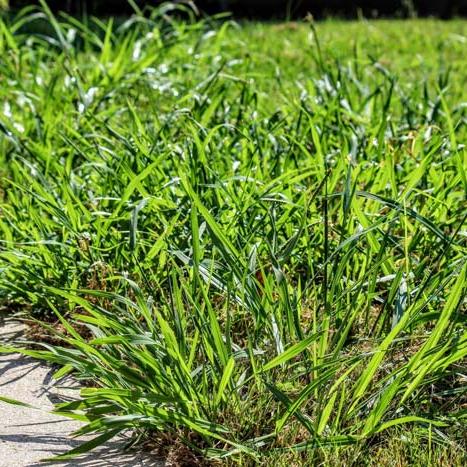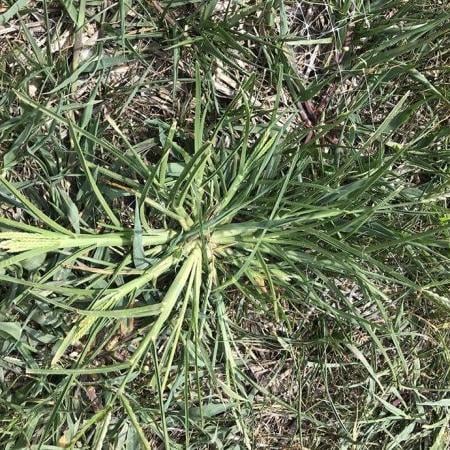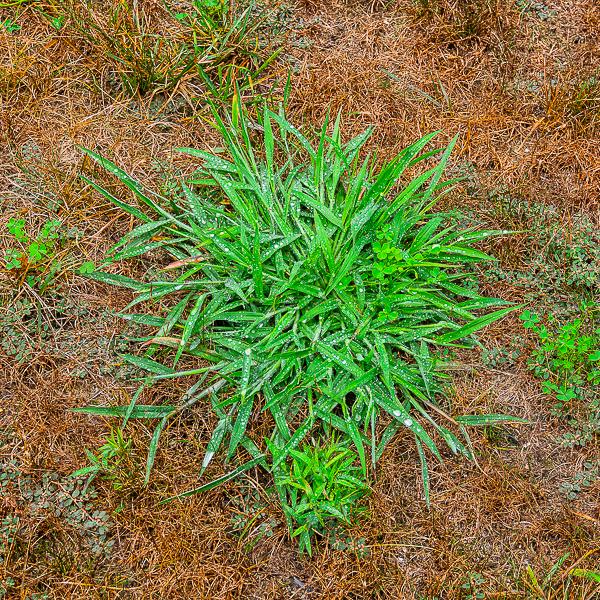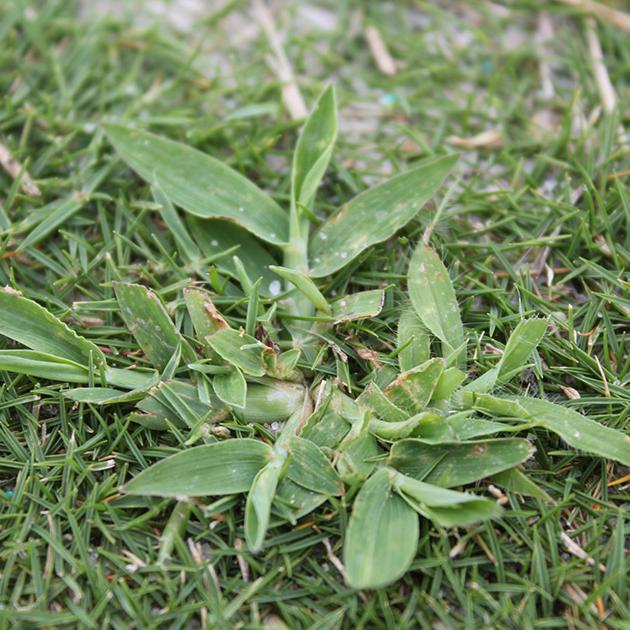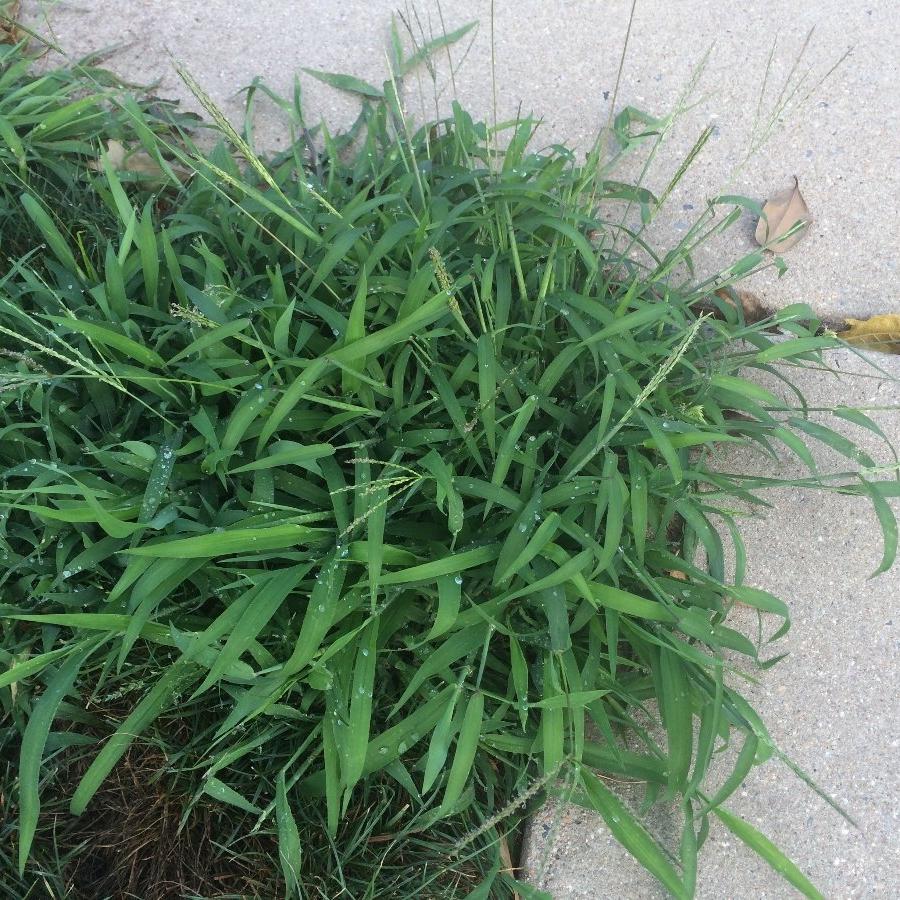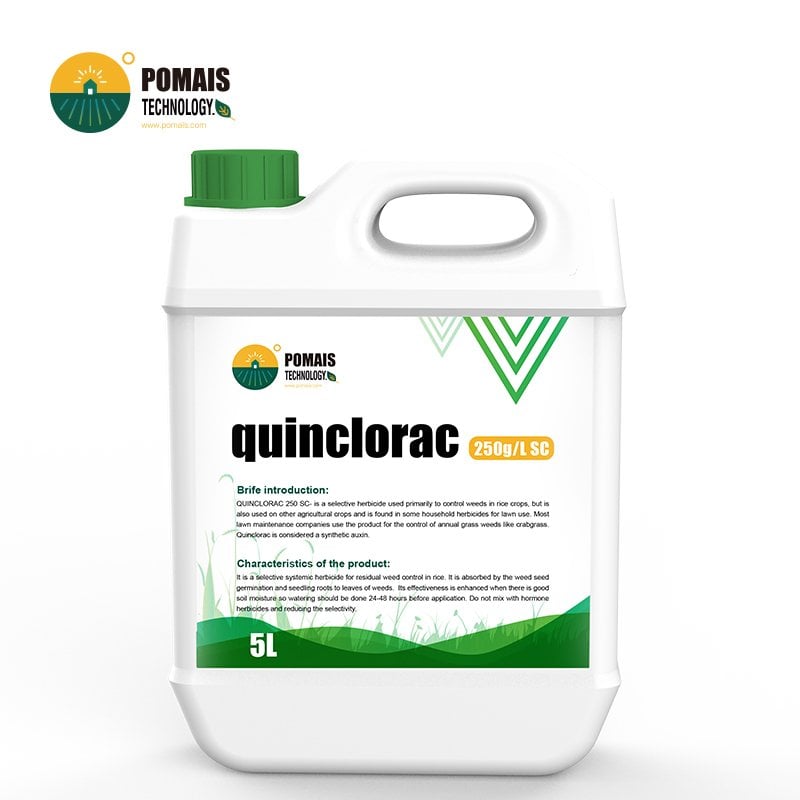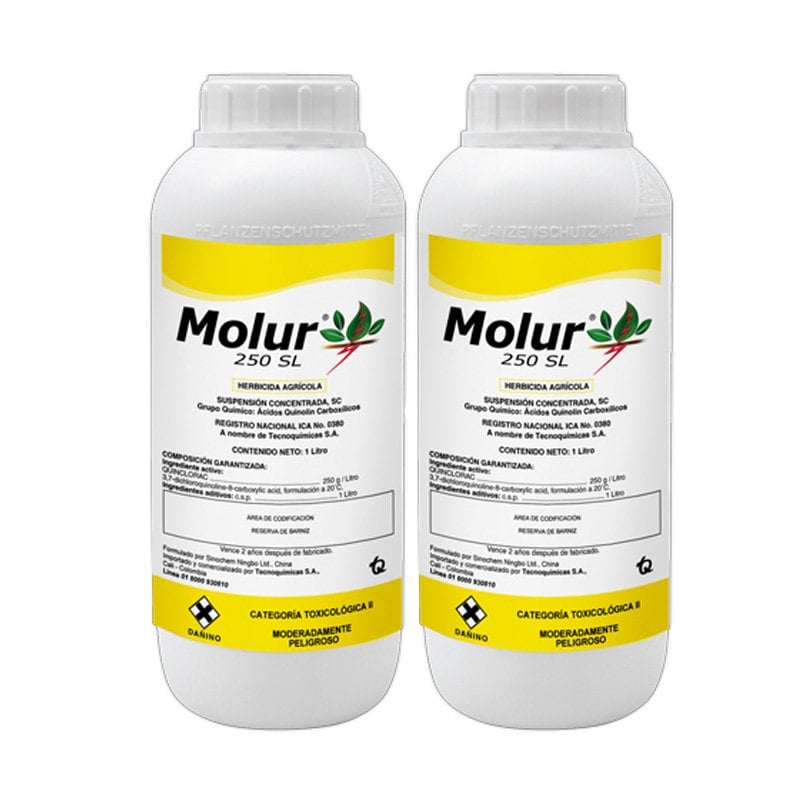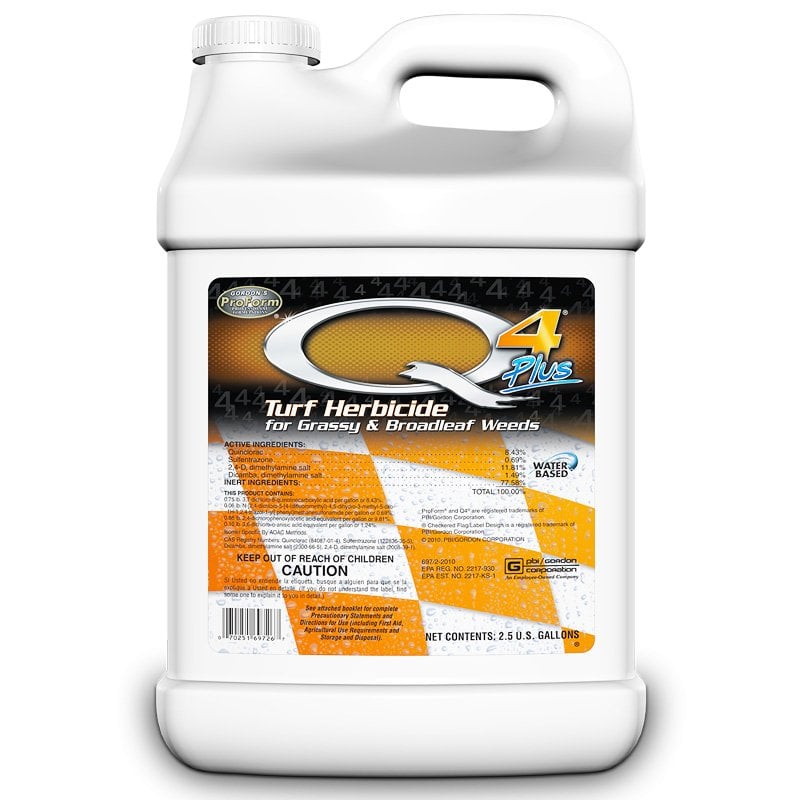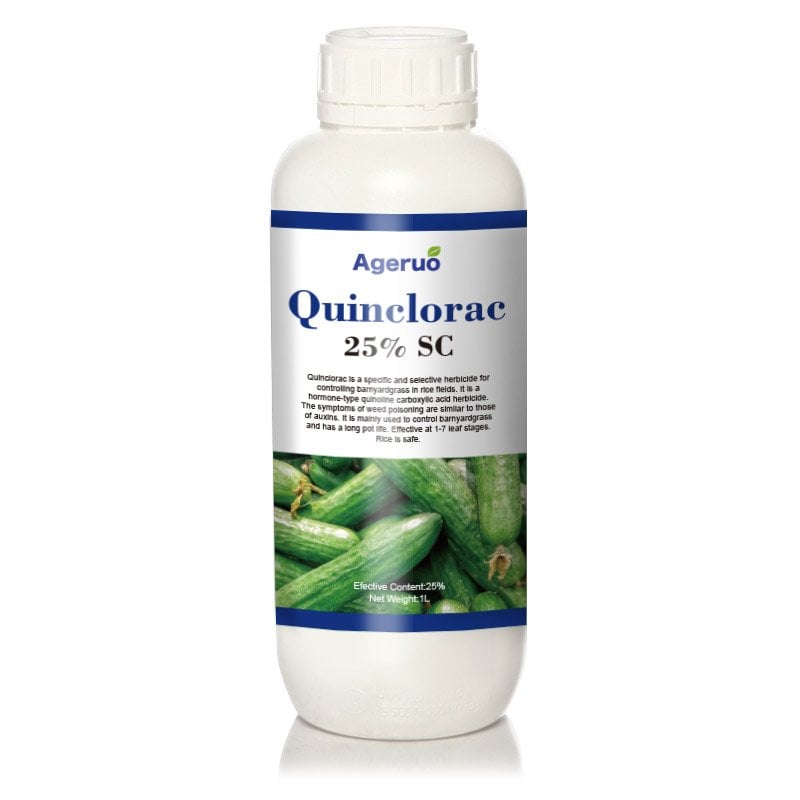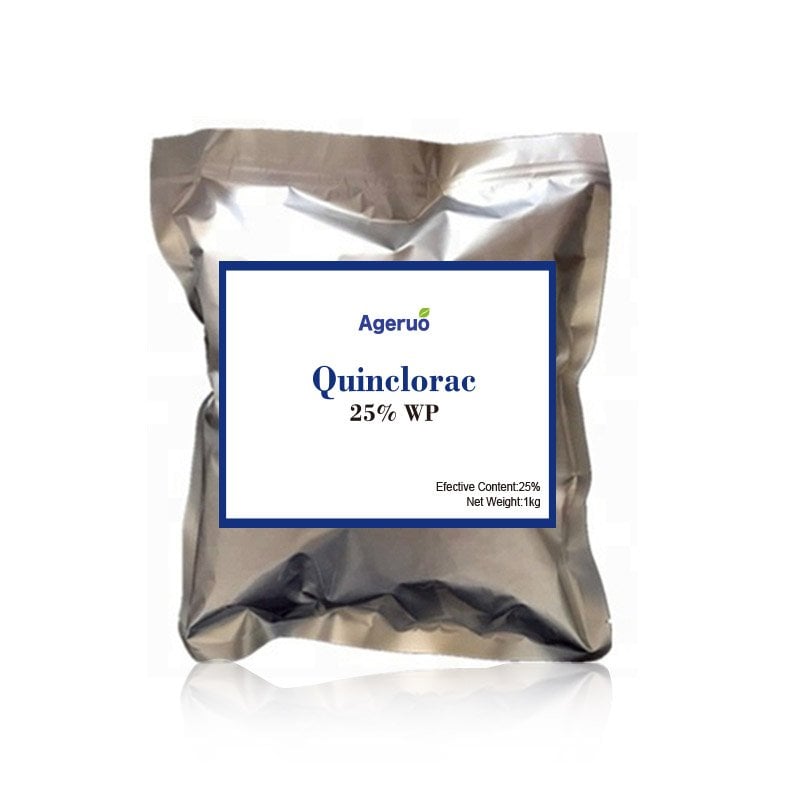Lawn Crabgrass Control: Quinclorac Selective Herbicide
Managing Crabgrass with the Right Chemistry
Crabgrass (Digitaria spp.) is a major weed problem in lawns, turfgrass, and sports fields. Left untreated, it can dominate turf, leading to poor aesthetics and competition for nutrients. Quinclorac, a post-emergent selective herbicide, is one of the most trusted and effective solutions for controlling crabgrass in various turf systems.
What Is Quinclorac?
Quinclorac is a synthetic auxin herbicide from the quinoline carboxylic acid family. It mimics plant growth hormones, causing uncontrolled growth that results in plant death. It’s mainly used post-emergence and is effective against many grassy weeds, especially crabgrass, even at advanced growth stages.
Key Formulations Available
- Quinclorac 10% 25% OD
- Quinclorac 25% 45% 50% 60% 75% WP
- Quinclorac 50% SG
- Quinclorac 50% 75% 90% WDG
- Quinclorac 21.60% 25% 30% 250 g/l 350 g/l SC
- Quinclorac 96% TC
Quinclorac mixed pesticides
- Atrazine 25%+quinclorac 15% SC
- Anilofos 20%+quinclorac 20% OD
- Quinclorac 10%+terbuthylazine 25% OD
- Propanil 30%+quinclorac 6% OD
- Propanil 25%+quinclorac 15% OD
- Quinclorac 25%+terbuthylazine 25% WDG
Suitable for:
- Cool-season grasses: Kentucky bluegrass, fescues, perennial ryegrass
- Warm-season grasses: Bermudagrass, zoysiagrass, buffalograss
How Quinclorac Works on Crabgrass
Quinclorac is absorbed by both foliage and roots. Once inside the plant, it triggers rapid and abnormal cell division, causing the weed to curl, yellow, and die within 7–14 days. It works best on young, actively growing crabgrass but can still suppress mature stages.
Mode of Action: Synthetic auxin — disrupts hormonal pathways, HRAC Group 4
Application Rates and Timing
| Application Stage | Use Rate (Per Acre) | Notes |
|---|---|---|
| Early post-emergence | 0.75–1 lb ai/acre (WDG) | Apply to 1–4 leaf stage for best results |
| Mature crabgrass | Up to 1.5 lb ai/acre | May need repeat or tank-mix with surfactant |
| Spot treatment (home use) | ~0.36 oz/1,000 sq ft | Use hand sprayer with surfactant if required |
Best Practices:
- Apply when temperatures are 65–85°F and soil is moist
- Avoid mowing 2 days before or after application
- Rainfast within 6–8 hours
Comparison with Other Herbicides
| Feature | Quinclorac | Mesotrione | Dithiopyr | Pendimethalin |
| Use Timing | Post-emergence | Pre + Post | Pre-emergence | Pre-emergence |
| Targets Crabgrass? | Yes | Yes | Suppression | Prevention only |
| Residual Control | Moderate (~30 days) | Short (10–14 days) | Long | Long |
| Selectivity | Turf-safe | Turf-safe | Turf-safe | Turf-safe |
| Speed of Kill | Moderate (7–14 days) | Moderate | Preventative | Preventative |
| Tank-Mix Friendly | Yes | Sometimes | Limited | Limited |
Frequently Asked Questions (FAQ)
Q1: How soon will I see results after applying Quinclorac?
A: Visible symptoms typically appear in 3–5 days, with full control achieved in 7–14 days.
Q2: Does Quinclorac prevent future crabgrass germination?
A: It has some residual activity but is not a full pre-emergent. Consider pairing with a pre-emergent for extended control.
Q3: Can I reseed after using Quinclorac?
A: Wait at least 14–28 days before reseeding, depending on the rate and turf type.
Q4: Is a surfactant required?
A: Yes, especially for mature crabgrass. Use non-ionic surfactant or MSO as per label.
Q5: Can I mix Quinclorac with other herbicides?
A: Yes, it mixes well with 2,4-D, dicamba, and other broadleaf herbicides for broader control.
Q6: Will Quinclorac harm my desirable turfgrass?
A: When applied at the recommended rate, it is safe for most turfgrass types. Always read the product label.
Why Choose Our Quinclorac Formulations?
We are a professional agrochemical supplier offering:
- Bulk and OEM options with private labeling
- Support for import registration, COA, MSDS, and free sample service
- Global logistics to support partners in the Middle East, Africa, LATAM, and Southeast Asia
Contact us today to receive a product quote, sample, or customized packaging solution. Whether you are a distributor or formulator, we provide professional support to expand your herbicide portfolio.
Managing Crabgrass with the Right Chemistry
Crabgrass (Digitaria spp.) is a major weed problem in lawns, turfgrass, and sports fields. Left untreated, it can dominate turf, leading to poor aesthetics and competition for nutrients. Quinclorac, a post-emergent selective herbicide, is one of the most trusted and effective solutions for controlling crabgrass in various turf systems.
What Is Quinclorac?
Quinclorac is a synthetic auxin herbicide from the quinoline carboxylic acid family. It mimics plant growth hormones, causing uncontrolled growth that results in plant death. It’s mainly used post-emergence and is effective against many grassy weeds, especially crabgrass, even at advanced growth stages.
Key Formulations Available
- Quinclorac 10% 25% OD
- Quinclorac 25% 45% 50% 60% 75% WP
- Quinclorac 50% SG
- Quinclorac 50% 75% 90% WDG
- Quinclorac 21.60% 25% 30% 250 g/l 350 g/l SC
- Quinclorac 96% TC
Quinclorac mixed pesticides
- Atrazine 25%+quinclorac 15% SC
- Anilofos 20%+quinclorac 20% OD
- Quinclorac 10%+terbuthylazine 25% OD
- Propanil 30%+quinclorac 6% OD
- Propanil 25%+quinclorac 15% OD
- Quinclorac 25%+terbuthylazine 25% WDG
Suitable for:
- Cool-season grasses: Kentucky bluegrass, fescues, perennial ryegrass
- Warm-season grasses: Bermudagrass, zoysiagrass, buffalograss
How Quinclorac Works on Crabgrass
Quinclorac is absorbed by both foliage and roots. Once inside the plant, it triggers rapid and abnormal cell division, causing the weed to curl, yellow, and die within 7–14 days. It works best on young, actively growing crabgrass but can still suppress mature stages.
Mode of Action: Synthetic auxin — disrupts hormonal pathways, HRAC Group 4
Application Rates and Timing
| Application Stage | Use Rate (Per Acre) | Notes |
|---|---|---|
| Early post-emergence | 0.75–1 lb ai/acre (WDG) | Apply to 1–4 leaf stage for best results |
| Mature crabgrass | Up to 1.5 lb ai/acre | May need repeat or tank-mix with surfactant |
| Spot treatment (home use) | ~0.36 oz/1,000 sq ft | Use hand sprayer with surfactant if required |
Best Practices:
- Apply when temperatures are 65–85°F and soil is moist
- Avoid mowing 2 days before or after application
- Rainfast within 6–8 hours
Comparison with Other Herbicides
| Feature | Quinclorac | Mesotrione | Dithiopyr | Pendimethalin |
| Use Timing | Post-emergence | Pre + Post | Pre-emergence | Pre-emergence |
| Targets Crabgrass? | Yes | Yes | Suppression | Prevention only |
| Residual Control | Moderate (~30 days) | Short (10–14 days) | Long | Long |
| Selectivity | Turf-safe | Turf-safe | Turf-safe | Turf-safe |
| Speed of Kill | Moderate (7–14 days) | Moderate | Preventative | Preventative |
| Tank-Mix Friendly | Yes | Sometimes | Limited | Limited |
Frequently Asked Questions (FAQ)
Q1: How soon will I see results after applying Quinclorac?
A: Visible symptoms typically appear in 3–5 days, with full control achieved in 7–14 days.
Q2: Does Quinclorac prevent future crabgrass germination?
A: It has some residual activity but is not a full pre-emergent. Consider pairing with a pre-emergent for extended control.
Q3: Can I reseed after using Quinclorac?
A: Wait at least 14–28 days before reseeding, depending on the rate and turf type.
Q4: Is a surfactant required?
A: Yes, especially for mature crabgrass. Use non-ionic surfactant or MSO as per label.
Q5: Can I mix Quinclorac with other herbicides?
A: Yes, it mixes well with 2,4-D, dicamba, and other broadleaf herbicides for broader control.
Q6: Will Quinclorac harm my desirable turfgrass?
A: When applied at the recommended rate, it is safe for most turfgrass types. Always read the product label.
Why Choose Our Quinclorac Formulations?
We are a professional agrochemical supplier offering:
- Bulk and OEM options with private labeling
- Support for import registration, COA, MSDS, and free sample service
- Global logistics to support partners in the Middle East, Africa, LATAM, and Southeast Asia
Contact us today to receive a product quote, sample, or customized packaging solution. Whether you are a distributor or formulator, we provide professional support to expand your herbicide portfolio.

